How workspace design has changed post-Covid
Discover how the design of the workspace has changed in a post-Covid world, and how Mitie can help your business get your office redesign right.
When the Covid-19 pandemic appeared in early 2020, the everyday working lives of many people were turned upside down almost overnight. Working from home had been an occasional diversion for a few colleagues, but suddenly it became the norm for most. While some wrestled with its challenges, they found ways to make it work for them and their companies.
But, as lockdowns began to ease, it became clear that there wouldn’t be a stampede back into offices and workspaces… just a slow and sometimes reluctant trickle. Colleagues who had spent months working from home, collaborating on Zoom and Microsoft Teams, were reluctant to re-engage with normal stresses like the daily commute. Also, quite naturally, many people were concerned about the safety of mixing with colleagues in the office.
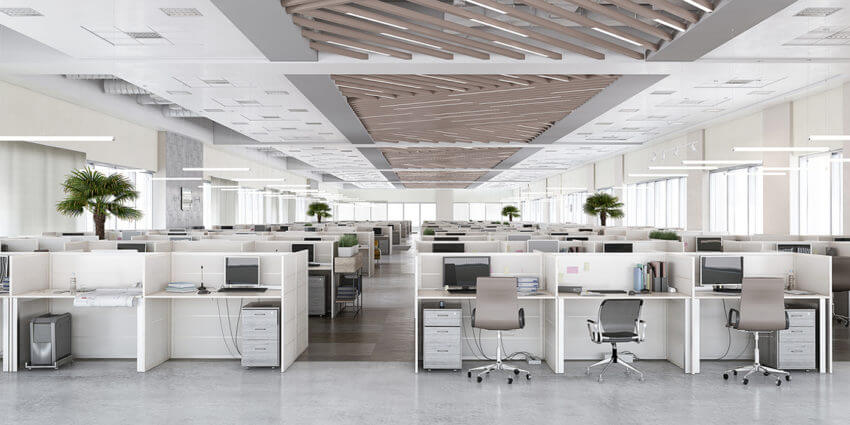
Employers were left with a challenge: how to encourage reluctant home workers back into the workplace for at least part of the working week. They would need to rekindle the employee synergy and spontaneity that is still one of the great benefits of on-site working.
In reality, the pandemic helped to accelerate trends that were already developing across the working world.
We have moved away from the traditional approach to office life towards a more hybrid model, enabled by modern technology. Increasingly, some employees work remotely, or in the office, according to their projects and personal schedules. In this new paradigm, the office is a place for collaboration and social interaction with colleagues, rather than just work.
Why good workspace design is important in a post-Covid world
If colleagues no longer need to be in the office all the time, they will need other reasons to travel to work. These may be provided by the nature of the workspace itself.
The physical design of a workspace, and its ongoing management, can have a big impact on the way colleagues experience and interact with it. How does it make them feel? What impact does it have on their productivity? And what can be done to improve things?
The function of design goes beyond the purely practical. A pleasant, well-designed office, with good facilities, can be a reward in itself. And it offers a working environment that is better than an improvised workstation in a cluttered bedroom or on the dinner table.
In the post-pandemic world, office design and facilities management must reflect the changing nature of the office and the increasingly diverse needs of those who use it.
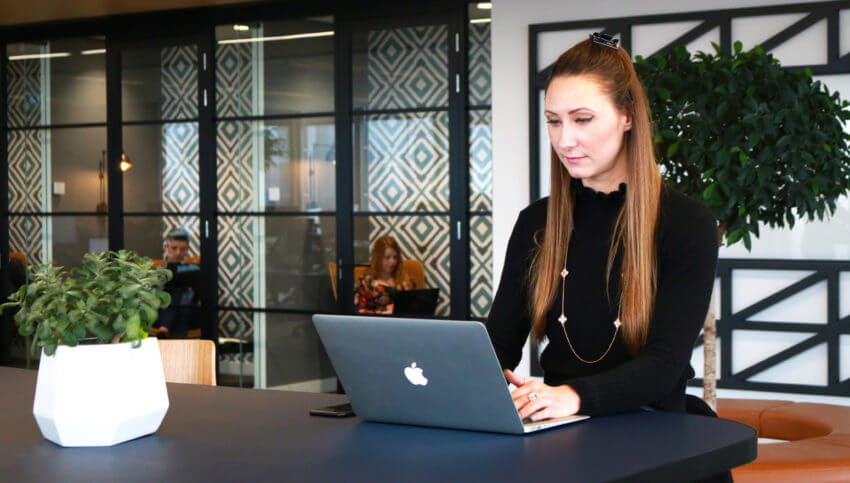
What factors need to be considered when designing workspaces?
The modern office is now a destination, and in some cases an events’ space, rather than simply a workspace. It is where collaboration and face-to-face interactions happen and the user experience is central to its success. The evolution of the workplace, and the people who use it, must be reflected in its design.
How do people feel about your workspaces?
At Mitie, we use a set of tools to provide insights into how people feel about their workspaces, how and when spaces are used, and if they are used as intended. There is no need for guesswork when modern technology can track actual usage patterns which, when combined with employee feedback, can inform and optimise design.
Designing to enhance employee experience
Sphere is our workplace effectiveness tool which we use to help clients understand the relationships between their people, technology and the environments they work in.
A clearer understanding of how different aspects of your workplace impact your employees and their productivity, helps you create better people-focused spaces. We use Sphere to:
- Understand how the workplace is being used.
- Review how supported different employee groups feel in their workspaces.
- Recognise which elements of the workplace have the biggest impact on employee wellbeing and productivity.
- Measure the ongoing impact of changes on employees.
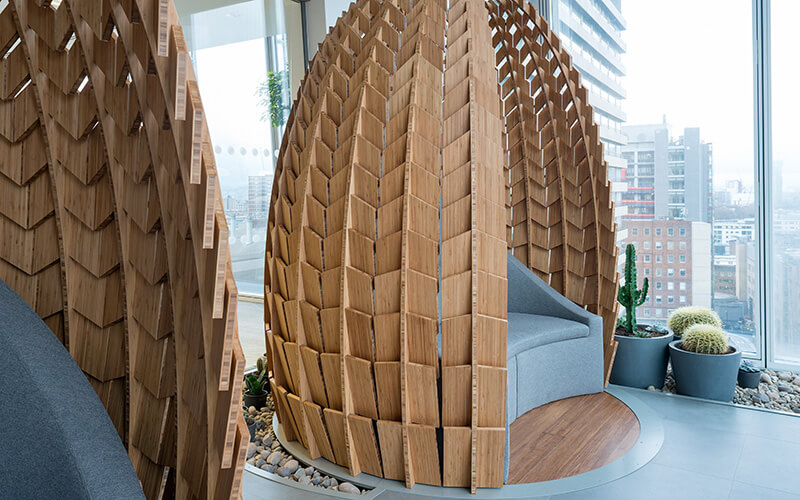
When we trialled Sphere with one of our customers, their employees said they wanted their workplace to be a destination that added to the benefits of working from home. This included spaces for different tasks, such as quiet zones, break out areas and collaboration spaces, which could be factored into their workspace design. In measuring the workplace effectiveness, the customer also learned that their employees felt a greater sense of belonging when in the office and that was likely to have a positive impact on talent retention.
Increasingly, and perhaps unsurprisingly, colleagues expect a workplace that supports them and is not simply a place where they must spend the working day.
How good workspace design can protect employees
Covid has not vanished from the world. Indoor mask wearing may no longer be mandatory, but we still need to protect colleagues in the workplace. Indoor gatherings still come with risks attached, especially for people with medical conditions or clinically vulnerable family members. For obvious reasons, many employees will be much more willing to travel to workplaces that are responsive to their safety concerns. That could mean providing good ventilation systems, and enough space to allow social distancing, to minimise the chances of viral infection.
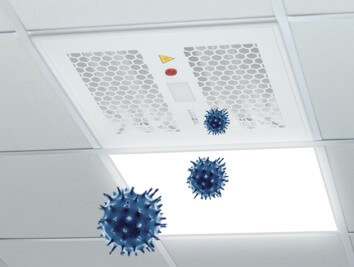
How Mitie can help with workspace design
Mitie is one of the UK’s largest facilities management companies with a team of workplace design specialists. We work closely with clients across the country, use the latest technologies and data-driven design techniques to create truly connected and people-centred workspaces.
Our skilled engineers assess workspaces in detail and use technology, such as footfall sensors, to monitor occupation and movement patterns. We work to ensure layouts and facilities are centred around your users’ needs. We also optimise air quality, humidity and light levels, to make sure employees feel comfortable enough to do their very best work. With tools, including Sphere, we measure workplace effectiveness and use the feedback to inform better workspace design. We create spaces that deliver increased productivity and cost savings, with high levels of employee retention.
Workspace design is a central component of our comprehensive and transformational Science of Service® facilities management offering.
Enquire now to see how Mitie can support your company’s workplace design project.
Read next
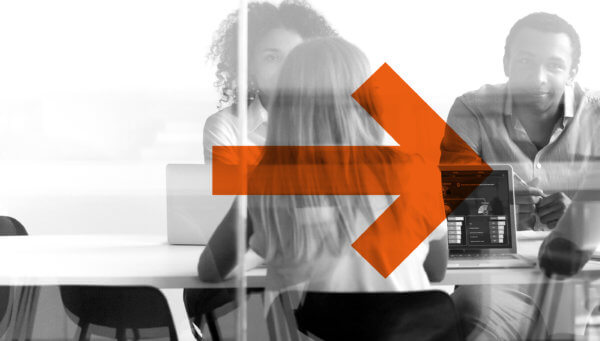
Webinar: Are your people thriving with hybrid working?
Is your hybrid working strategy fully implemented and optimised? Is your workforce supportive of your approach, and feel that their needs have been addressed? Getting workplaces ready for a safe and productive return of…
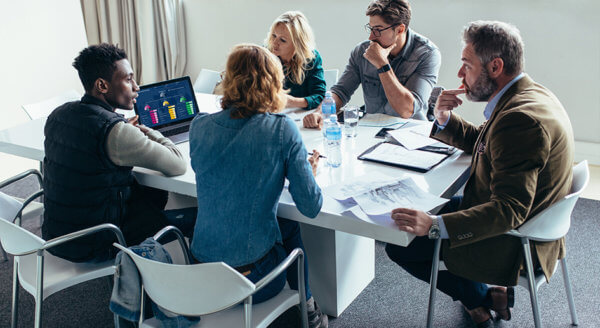
What is the benefit of business digital transformation for buildings?
In the digital age, almost all commercial transactions now take place online, across borders, and companies easily sell to customers around the world. Offices that once brimmed with paper are now digital workspaces filled…
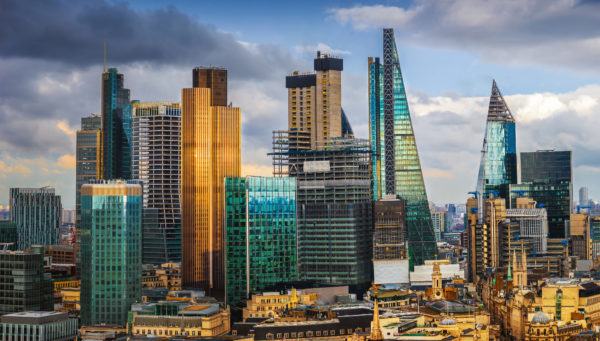
Mitie bolsters hybrid workspace evolution with the launch of Sphere
Mitie has launched Sphere, its new technology solution to help businesses design the most effective workspaces for their people.